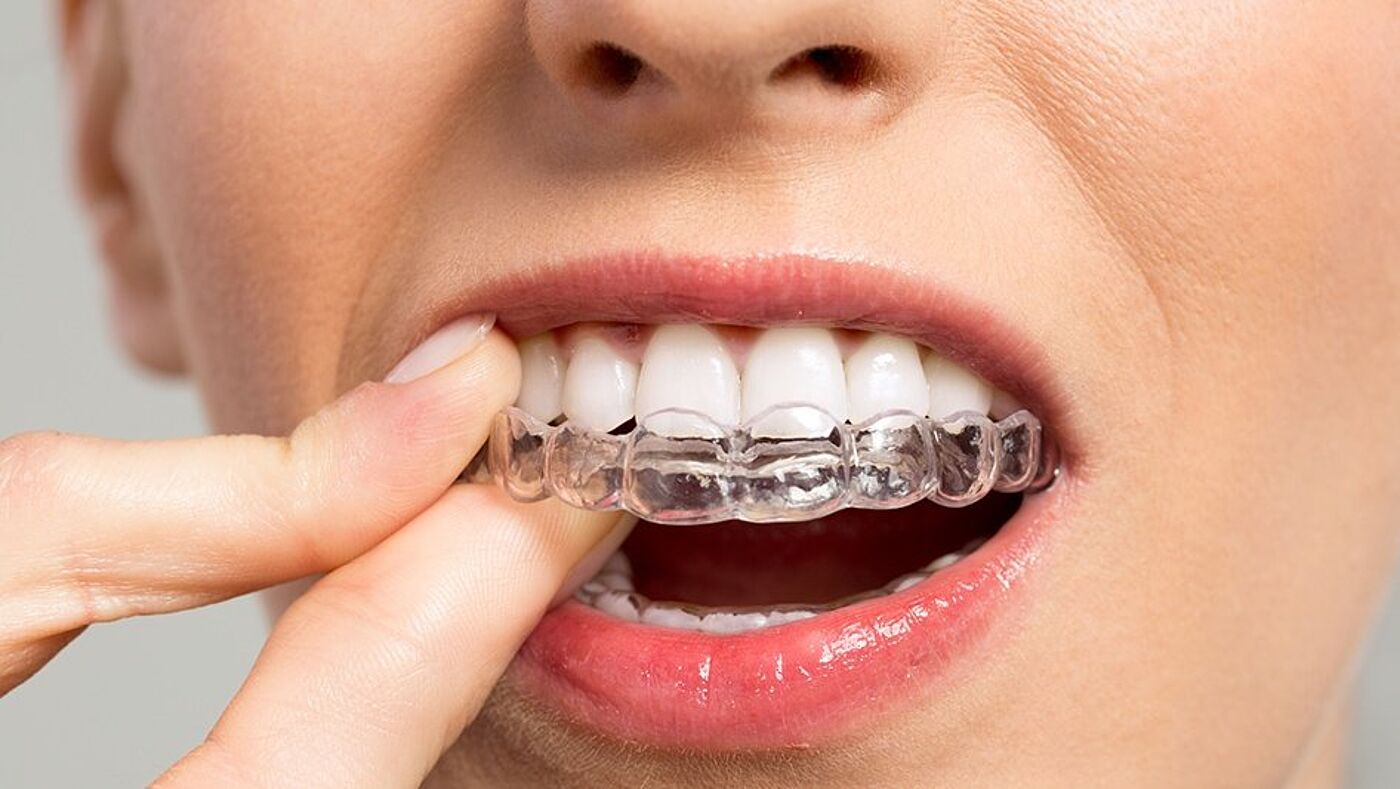
Brace Yourselves: 3D Printing IP Issues Are Here
Align Technology, Inc. (“Align”) makes INVISALIGN® braces. It uses digital scanning techniques to scan each patient’s teeth and uses those scans to create a treatment plan. The process uses digital models of the patient’s teeth at different progressions along the treatment plan. Align then creates the braces from the digital models with 3D printing. Align holds numerous patents on this process and the components produced and used in the process.
ClearCorrect Pakistan (Private), Ltd. and ClearCorrect Operating, LLC (of Texas) (“ClearCorrect”) allegedly generated digital models of patients’ teeth by infringing Align’s patents in Pakistan. ClearCorrect then sent these digital files over the Internet to its related company in Texas to make physical models via 3D printing.
Align sued ClearCorrect in Texas for patent infringement. Subsequently, align filed a section 337 claim in the US International Trade Commission to stop the electronic importation of ClearCorrect’s digital files into the United States over the Internet. The Texas infringement case was stayed pending the resolution of the ITC case.
On April 3, 2014, the ITC found a patent infringement violation of section 337 with respect to certain claims of five of Align’s patents, and issued a cease-and-desist order against ClearCorrect. On ClearCorrect’s motion, the ITC stated its order on June 2, 2014, pending ClearCorrect’s appeal to the Federal Circuit.
The issue before the Federal Circuit was one of jurisdiction of the ITC. 19 USC §1337 (Section 337) gives the ITC jurisdiction over patent infringement and other IP violations “in the importation of articles… Into the United States.” If the ITC finds an IP infringement embodied in such articles, it can issue an exclusion order, and since 1974 a cease-and-desist order, blocking the importation of the articles. In this case, the ITC’s Administrative Law Judge determined that ClearCorrect’s digital files were “articles” within the meaning of Section 337, in that they infringed claims of Align’s patents. This is the issue brought to the Federal Circuit by ClearCorrect. Align intervened in the appeal. Joining the parties in the argument were amicus briefs filed by the Electronic Frontier Foundation, Public Knowledge and the Internet Association, each arguing with ClearCorrect that digital data is not an article within the meaning of Section 337 and should pass freely over the Internet without interference from the ITC. On the other side, seeking to protect digital intellectual property, were the Business Software Alliance, the Association of American Publishers, Nokia Corporation, the Motion Picture Association of America, and the Recording Industry Association of America.
In a 2-1 decision, the Federal Circuit reversed the ITC’s decision and remanded the case to the ITC. Chief Judge Prost, writing for the Court, relied on Chevron, USA, Inc. v. National Res. Def. Council, Inc., 467 US 837 (1984) for its statutory interpretation formula. The most important issue concept in the opinion was the consistency of the term “article” throughout the 1930 Tariff Act. Throughout the Act, “article” was seen as a material object. Further the Court thought that the 1974 authorization of cease-and-desist orders further supported the conclusion that “articles” cannot be defined to include electronic transmissions since the addition of cease-and-desist orders would not be a lesser alternative for exclusion orders but would be an expansion of the exclusion power.
Judge Newman dissented from the opinion arguing that the ITC correctly held that Section 337 is not limited to the kinds of technology that existed in 1922 or 1930. Judge Newman said:
“Patents are for things that did not previously exist, including kinds of technology that were not previously known.… There is no basis for excluding imported infringing subject matter from Section 337, whatever the form of the subject matter.”
While this case was concerned with utility patent infringement, the result will apply to any IP infringement claims at the ITC brought against accused digital files imported into the United States via the Internet. This includes designs, trademarks and copyrights – no wonder the Business Software Alliance, the Association of American Publishers, the Motion Picture Association of America, and the Recording Industry Association of America were so eager to make their own arguments to the Federal Circuit.
Since Align chose not to file a petition for certiorari with the Supreme Court, we can only guess what the Supreme Court would do with this issue. Although the cases dealt with different issues and different statutes, the recent (December 6, 2016) opinion in Samsung v. Apple may give a clue. In that case, the Supreme Court defined an “article” in the phrase “article of manufacture” as simply “a particular thing.” Presumably, this would include the ephemeral icons arranged on the screen of a smart phone, the subject of one of Apple’s US design patents.
Filed in

A country and a supermarket continue their tussle over a trademark. Meanwhile, a study reveals the extent of academic patents in Europe and a publishing house tackles AI.



